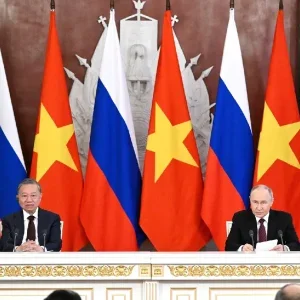The document: Energy Technology Perspectives: Scenarios and Strategies to 2050, follows the G8 Gleneagles Summit in July 2005 which called for the IEA to advise on alternative scenarios and strategies aimed at a “clean, clever and competitive energy future.”
Claude Mandil, executive director of the IEA commented: “A sustainable energy future is possible, but only if we act urgently and decisively to promote, develop and deploy a full mix of energy technologies – including improved energy efficiency, CO2 capture and storage (CCS), renewables and – where acceptable – nuclear energy. We have the means, now we need the will.”
A key technology is the capture and storage of CO2 emitted from power-generation or industrial processes. The study points out that the early demonstration of CCS in full-scale power plants should be a high priority. “If we do not succeed in making CCS viable, the cost of mitigating CO2 emissions will be much higher,” Mandil warned adding: “With the right policy incentives we think there is scope for renewables to quadruple by 2050 and for nuclear to gain a more important role in countries where it is acceptable.”
Ahead of the St. Petersburg G8 summit the study presents a series of scenarios to demonstrate the role energy technologies that are already available or under development can play in future energy markets.
Improved energy efficiency is seen as another key component in energy policies designed to reduce carbon emissions. Accelerating energy efficiency improvements alone can reduce the world’s energy demand in 2050 by an amount equivalent to almost half of today’s global energy consumption.






